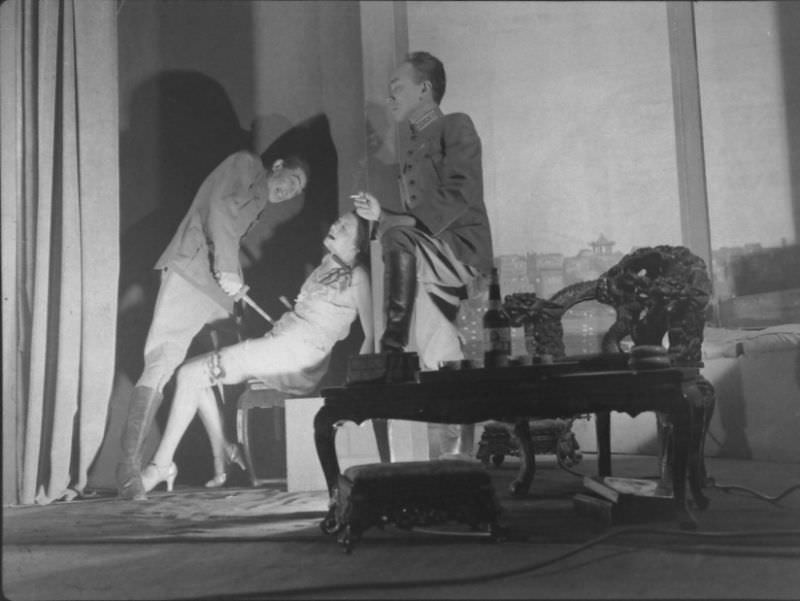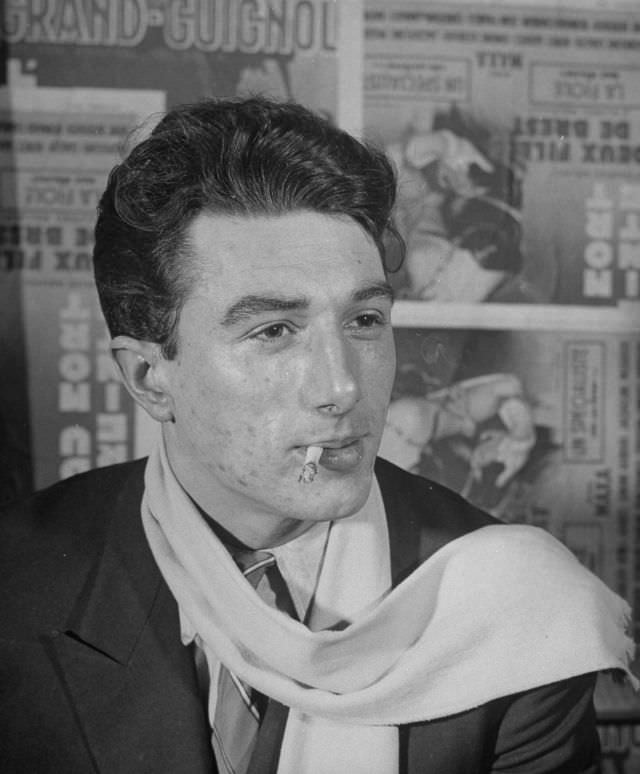The Grand Guignol, nestled in a former chapel, was no ordinary theater. In its 65-year reign of terror, it staged over a thousand plays, each one more horrifying than the last. These were not the supernatural tales of ghosts and ghouls we’re familiar with today. No, these narratives explored the darkest corners of the human psyche, pushing boundaries and shocking audiences with their graphic realism.
From insanity to hypnosis, panic to butchery, the Grand Guignol’s stories were disturbingly close to reality. The theater’s “hot and cold showers” approach, alternating between horror and comedy, kept audiences on edge, ensuring the terror was all the more impactful.
Now, let’s delve into the eerie black-and-white pictures captured by LIFE photographer Hans Wild in 1947. They bring the Grand Guignol back to life, allowing us a peek into a world that was as entrancing as it was terrifying.
The images are a jarring mix of horror and fascination, capturing the macabre essence of the theater. You see actors immersed in their roles, their faces twisted in agony, fear, or maniacal delight. The stage sets, though sparse, are designed to elicit maximum dread. Look closer, and you’ll notice the audience, their faces a mix of terror and morbid fascination.
One of the most chilling images is of an actress seemingly under hypnosis, her eyes wide with fright, a mirror image of the audience’s own reaction. Another portrays a scene of graphic violence, a reminder of the brutal realism the theater was famous for.
What’s striking about these photographs is the raw intensity they convey. Each image tells a tale of its own, echoing the unflinching narrative style of the Grand Guignol. It’s a world where the line between performance and reality blurs, where terror is not just a feeling but a shared experience.
But as chilling as these images are, they also mark the beginning of the end for the Grand Guignol. Post-World War II, the theater’s audience began to dwindle. The real-life horrors of the Holocaust overshadowed the staged terror, making the latter seem almost trivial. As Charles Nonon, the theatre’s last director, sadly proclaimed, the theatre’s horrors could never equal the atrocities of Buchenwald.






























